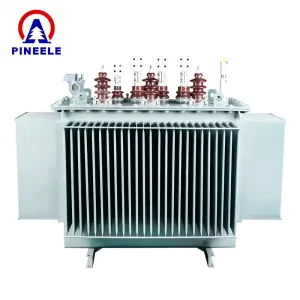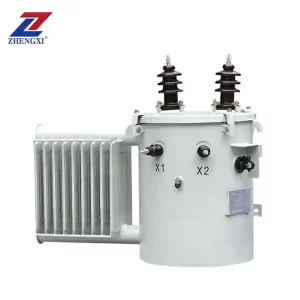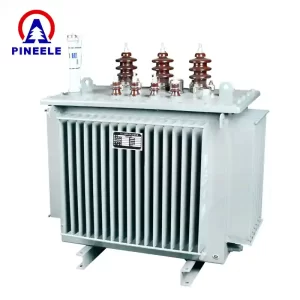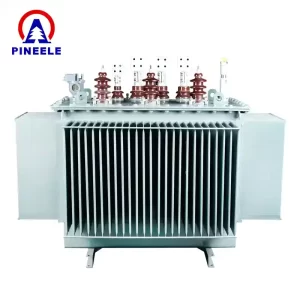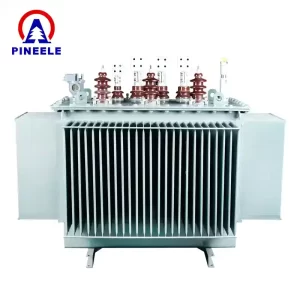A 75kVA transformer is a compact guide, efficient, and reliable solution for power distribution in both commercial and light industrial settings. This article provides a detailed overview of the pricing, specifications, and key considerations associated with purchasing a 75kVA transformer, with professional insights backed by reputable industry sources.
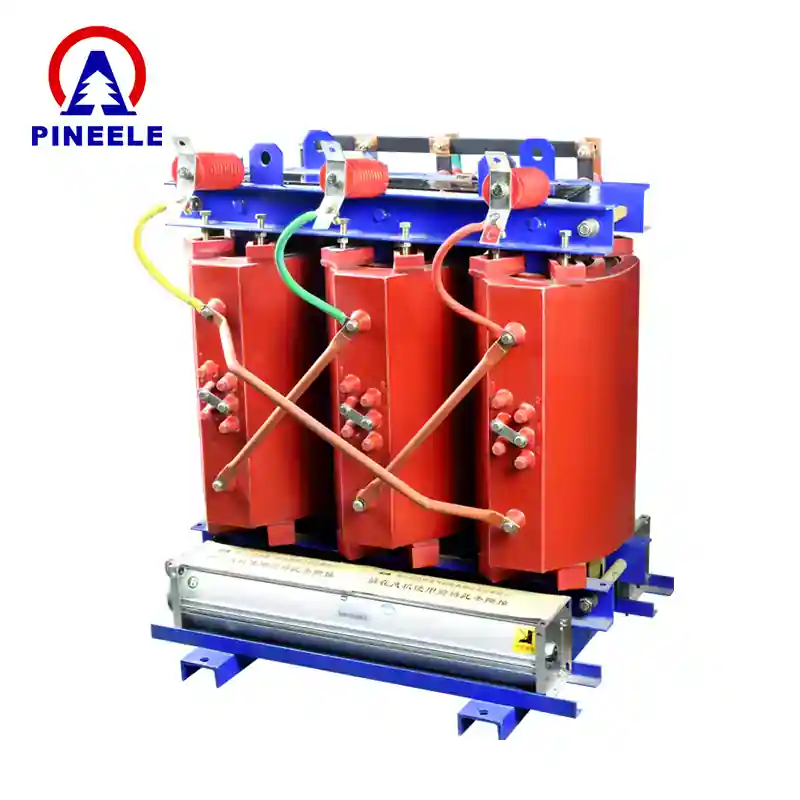
What is a 75kVA Transformer?
A 75kVA transformer is an electrical device designed to convert voltage levels—typically from a higher primary voltage (such as 11kV or 6.6kV) to a lower secondary voltage (often 400V or 240V). Its “kVA” rating refers to its apparent power capacity, with 75 kilovolt-amperes suitable for mid-scale loads.
These kVA transformer guide are commonly available in two types:
- Dry-type transformer: Air-cooled, low maintenance, ideal for indoor use.
- Oil-immersed transformer: Uses mineral or synthetic oil for cooling, suitable for outdoor or high-load applications.
Where are 75kVA Transformers Used?
Due to their medium power rating, 75kVA transformers are extensively used in the following environments:
- Commercial buildings – Powering lighting, HVAC, and office equipment
- Schools and hospitals – Supplying stable electricity in sensitive environments
- Small-scale industrial workshops – Supporting motors and control panels
- Telecommunication towers – Providing voltage conversion for remote installations
- Renewable energy systems – Acting as step-up or step-down units in solar arrays
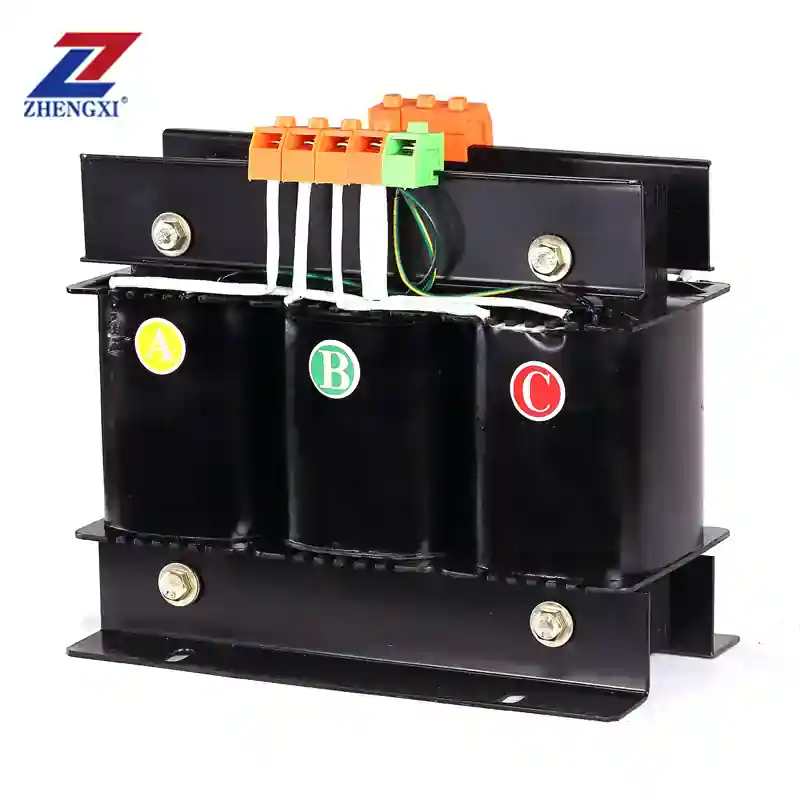
Price Range and Market Influencing Factors
Die price of a 75kVA transformer generally ranges from $1,200 to $4,000, depending on several factors:
- Type of transformer: Oil-immersed units are often less expensive than dry-type ones.
- Voltage configuration: Transformers with custom primary or secondary voltage ratings may command higher prices.
- Brand: Reputable global manufacturers such as ABB, Schneider Electric, or Siemens offer premium products with enhanced durability and compliance.
- Standards & certifications: Compliance with IEC 60076, IEEE, or local grid codes adds value but may increase cost.
- Accessories included: Temperature sensors, surge protectors, tap changers, etc., can affect pricing.
Technical Specifications of a Typical 75kVA Transformer
| Parameter | Typical Value |
|---|---|
| Rated Capacity | 75 kVA |
| Primary Voltage | 11kV / 6.6kV / 3.3kV (customizable) |
| Secondary Voltage | 400V / 230V |
| Frequency | 50Hz / 60Hz |
| Cooling Method | ONAN (Oil Natural Air Natural) / AN (Air Natural) |
| Efficiency | ≥ 98% (as per IEC 60076) |
| Insulation Class | Class F (dry), Class A or B (oil) |
| Mounting Type | Pad-mounted / Pole-mounted / Floor |
Market Trends & Insights
According to reports published by IEEMA and research papers available on IEEE Xplore, demand for transformers in the 50–150kVA range is growing due to rapid infrastructure development and the proliferation of distributed energy systems (DERs). The increasing trend toward smart microgrids und renewable integration has also pushed utilities and businesses to invest in efficient, compact transformers like the 75kVA class.
Furthermore, modern designs are incorporating low-loss amorphous cores und eco-friendly coolants, contributing to environmental compliance and long-term savings.
Differences Compared to Other Transformer Ratings
- Compared to 50kVA transformers: Offers 50% more capacity, suitable for larger electrical loads or multiple circuits.
- Compared to 100kVA transformers: Slightly lower in cost and footprint; ideal for projects where budget and space are constrained.
- Dry vs Oil: Dry-type offers enhanced fire resistance and is preferred indoors, while oil-immersed is cost-effective for outdoor installations.
Selection Advice: How to Choose the Right 75kVA Transformer
To choose the right transformer for your project, consider the following:
- Load Profile: Sum up the total kW load and ensure at least a 20% buffer above peak demand.
- Environment: Indoor installations should use dry-type for safety; outdoor installations may opt for oil-immersed types.
- Cooling Requirements: Environments with high ambient temperatures may benefit from forced-air or ONAN cooling.
- Budget vs Efficiency: Investing in higher efficiency may reduce long-term electricity losses.
- Einhaltung von Normen: Ensure the transformer meets your country’s utility standards or international norms like IEC/IEEE.
Authoritative Sources Referenced
- Wikipedia – Transformer
- IEEE Xplore – Transformer Load Management
- IEEMA Reports on Indian Transformer Market
- ABB and Schneider Electric product catalogs
FAQ: 75kVA Transformer
The price typically ranges from $1,200 to $4,000 depending on the brand, type (oil/dry), and included features. Customization may increase the price.
Yes, it can support light industrial loads such as motors, control panels, and lighting systems, provided the total load remains under 75kVA.
With proper maintenance, a quality 75kVA transformer can last 20 to 30 years, especially if it complies with international standards and runs within rated capacity.
